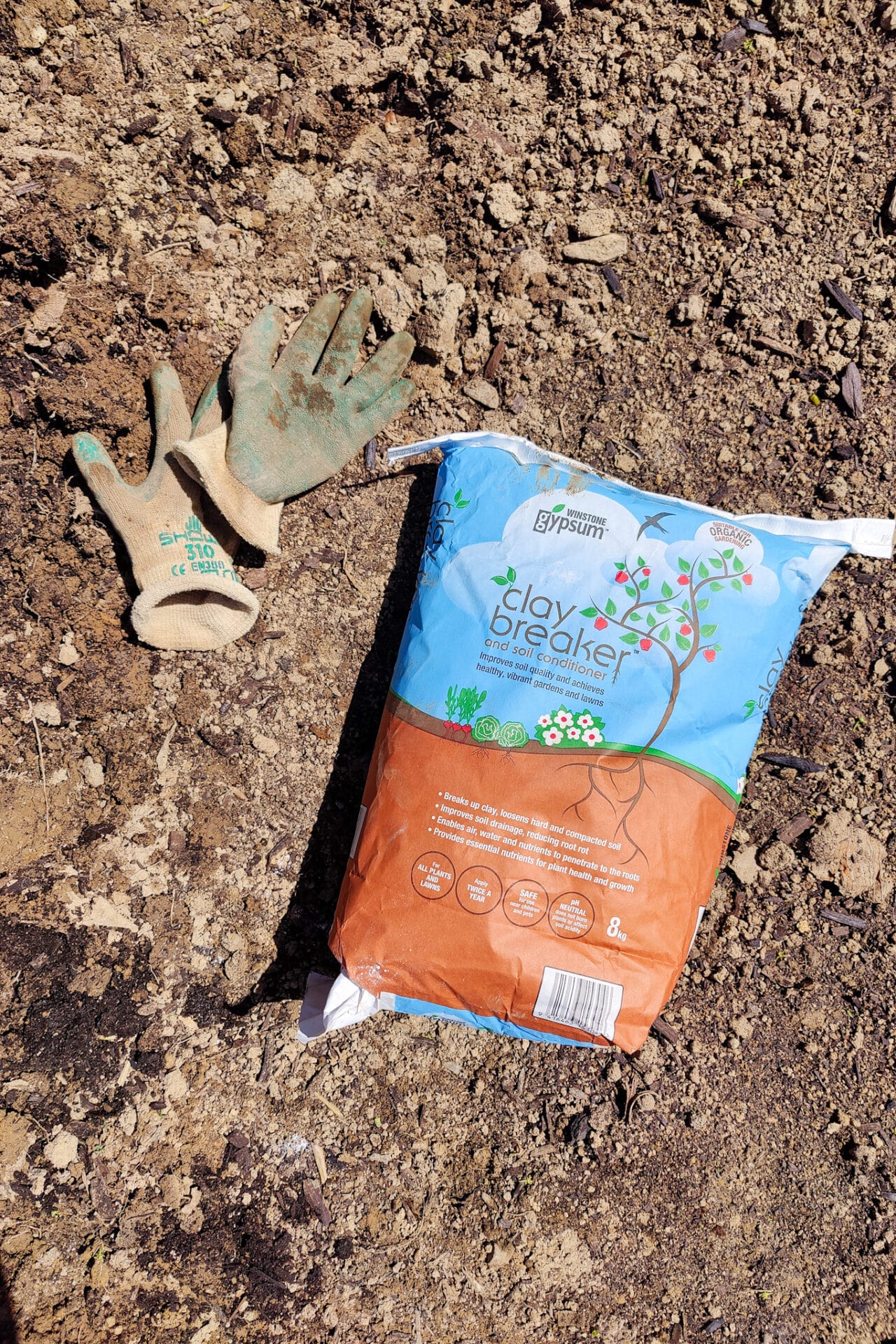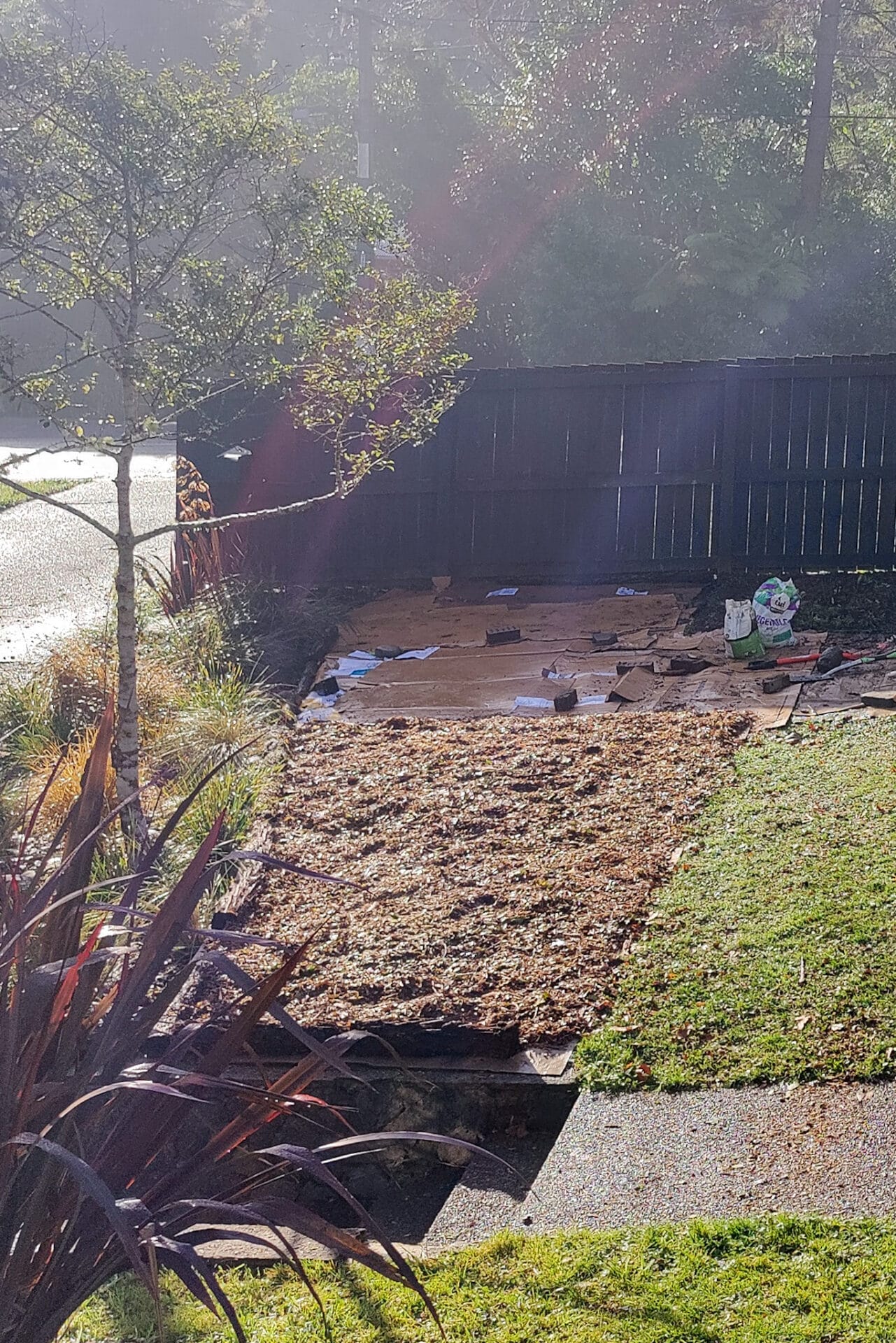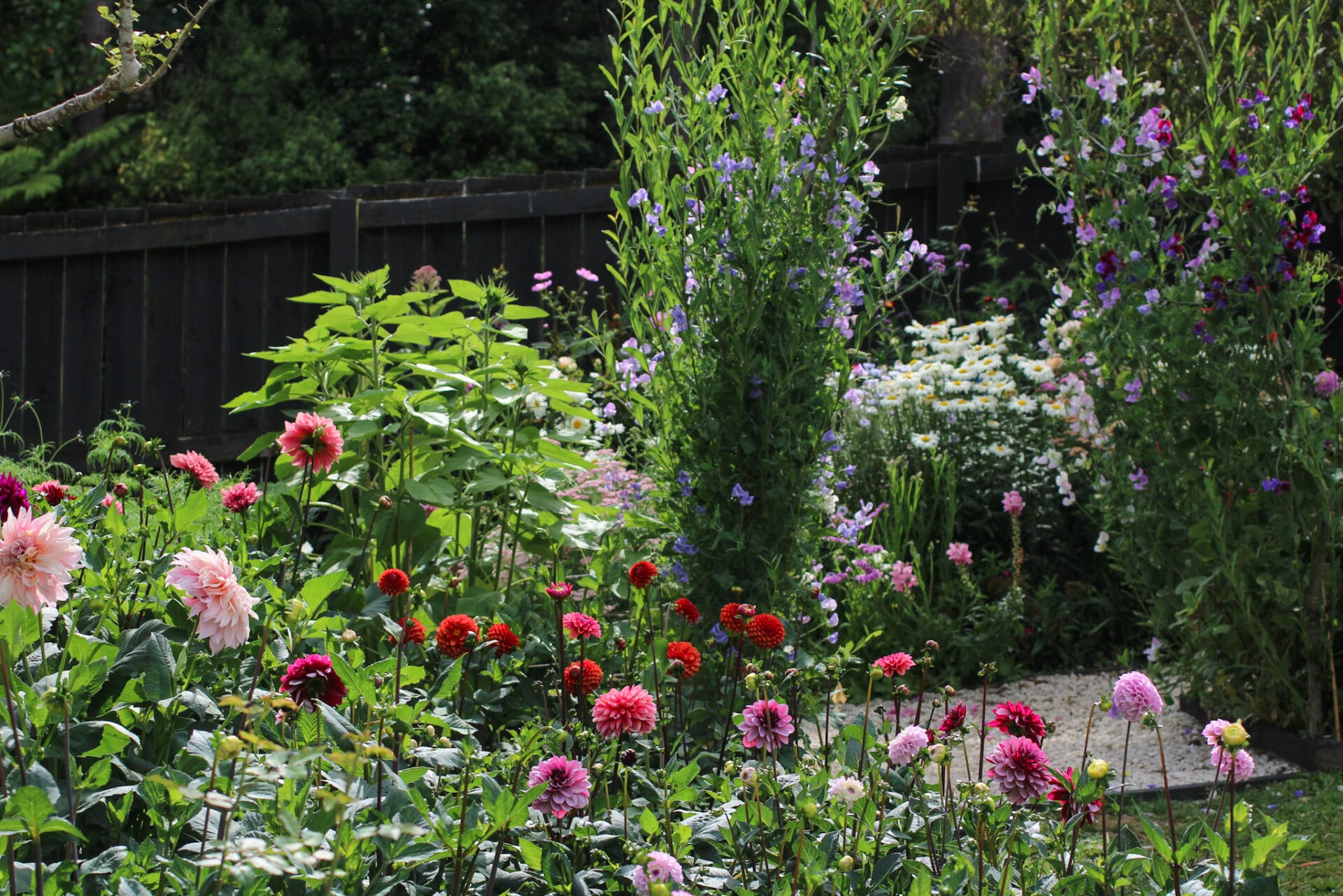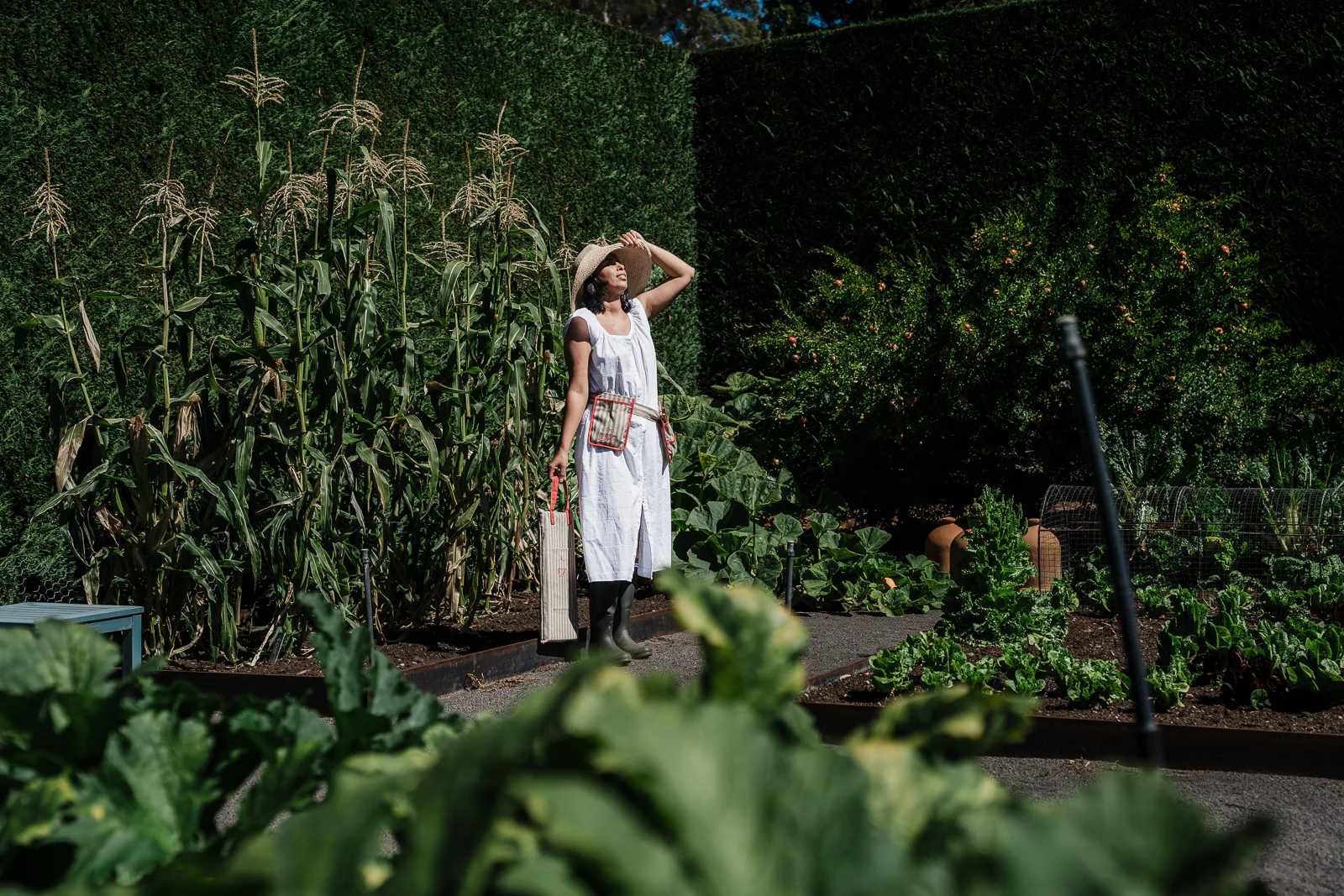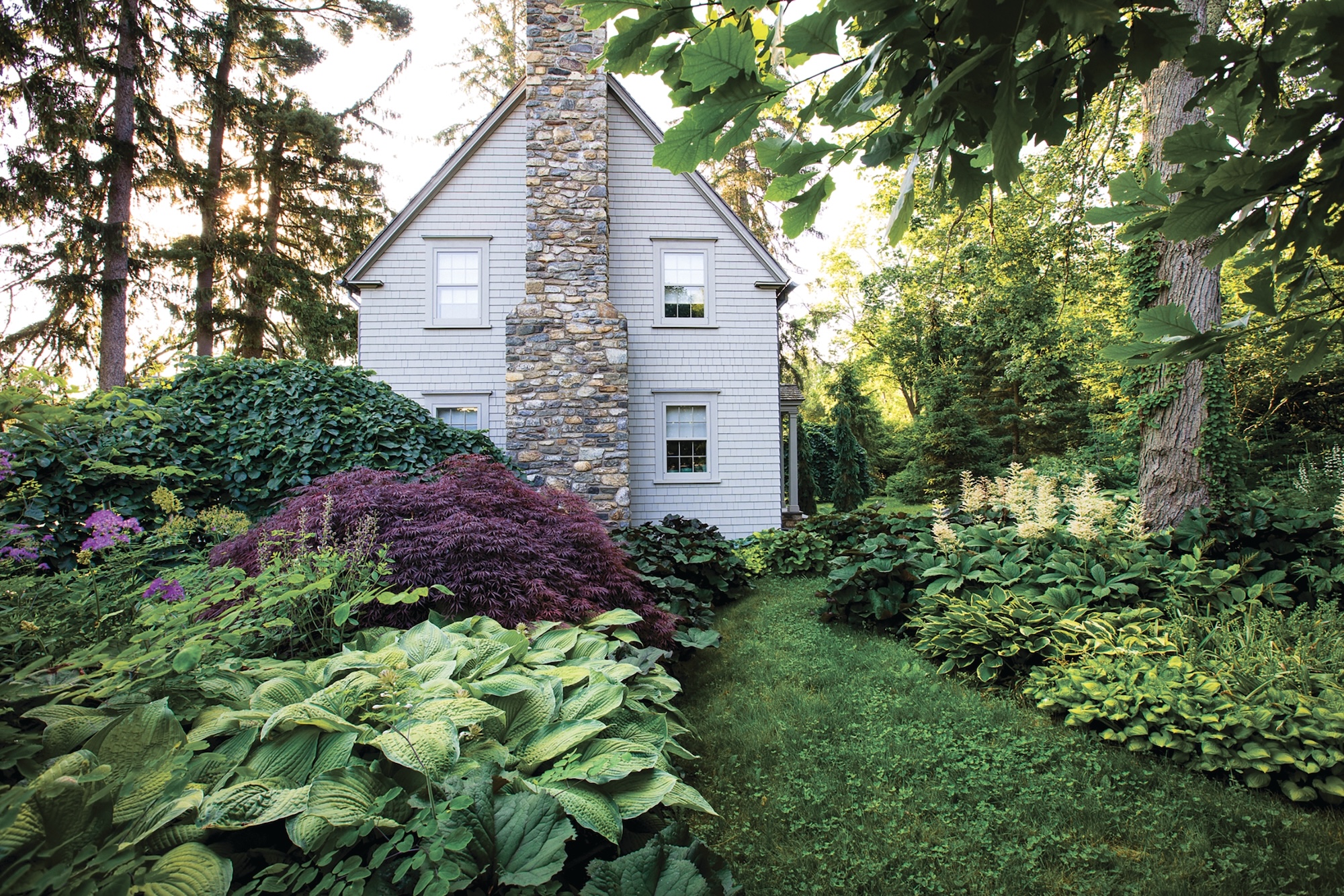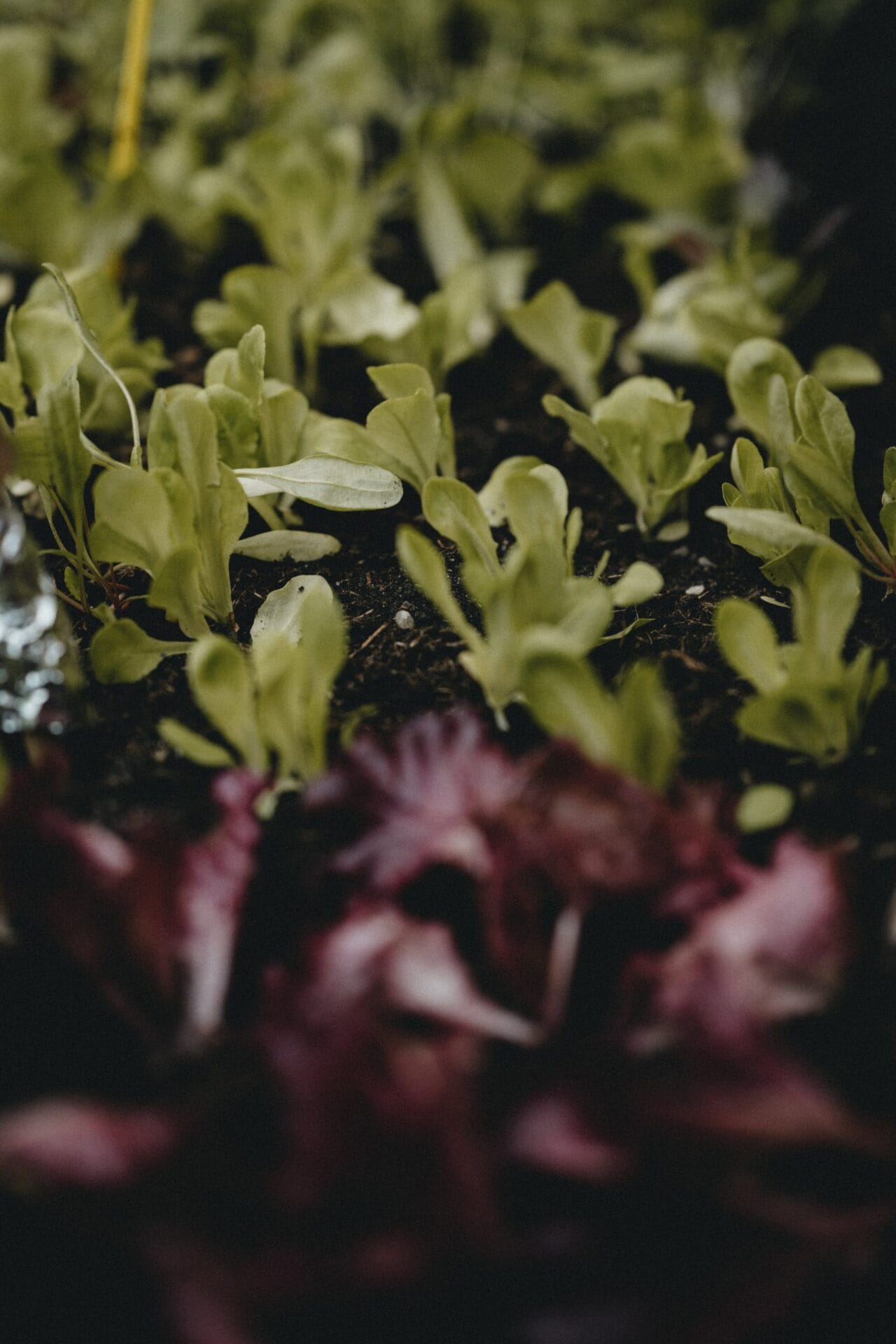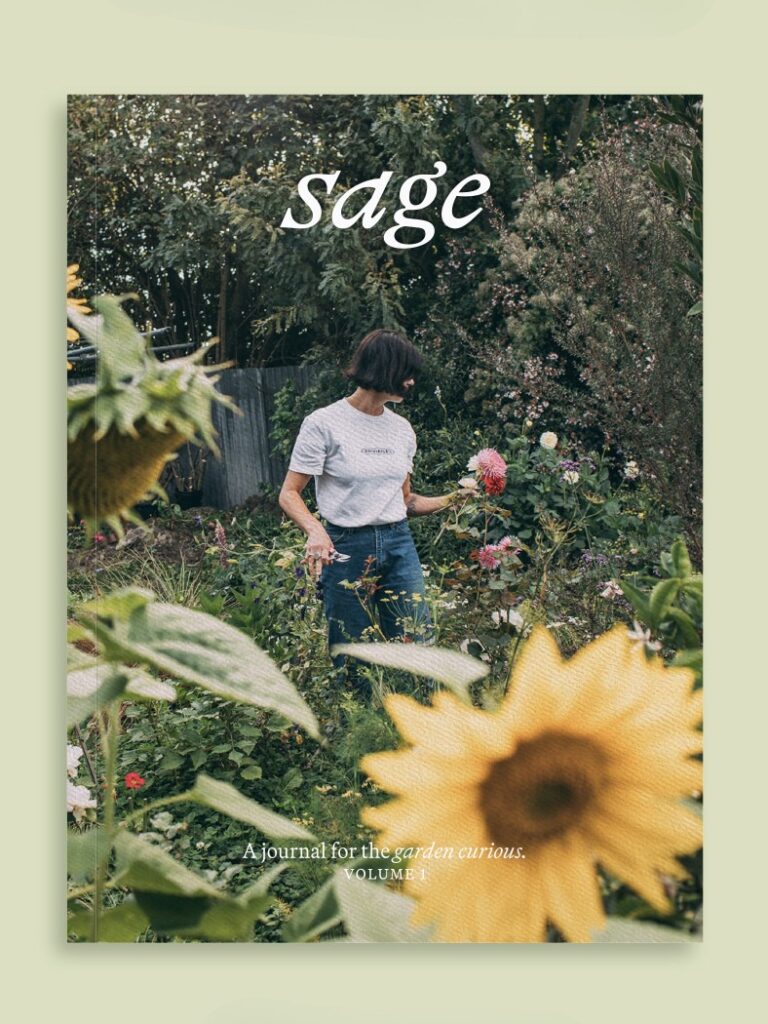Autumn is the perfect time to cultivate and create new garden beds from scratch.
It can seem unfair that the time to prepare new garden beds comes at the end of autumn, when the weather cools and rain returns. These days we’d rather be snuggled up with a warm coffee in hand rather than venturing out into the mud – yet the conditions are an ideal time for such gardening tasks. Think ahead to your abundant new garden come springtime to motivate you!
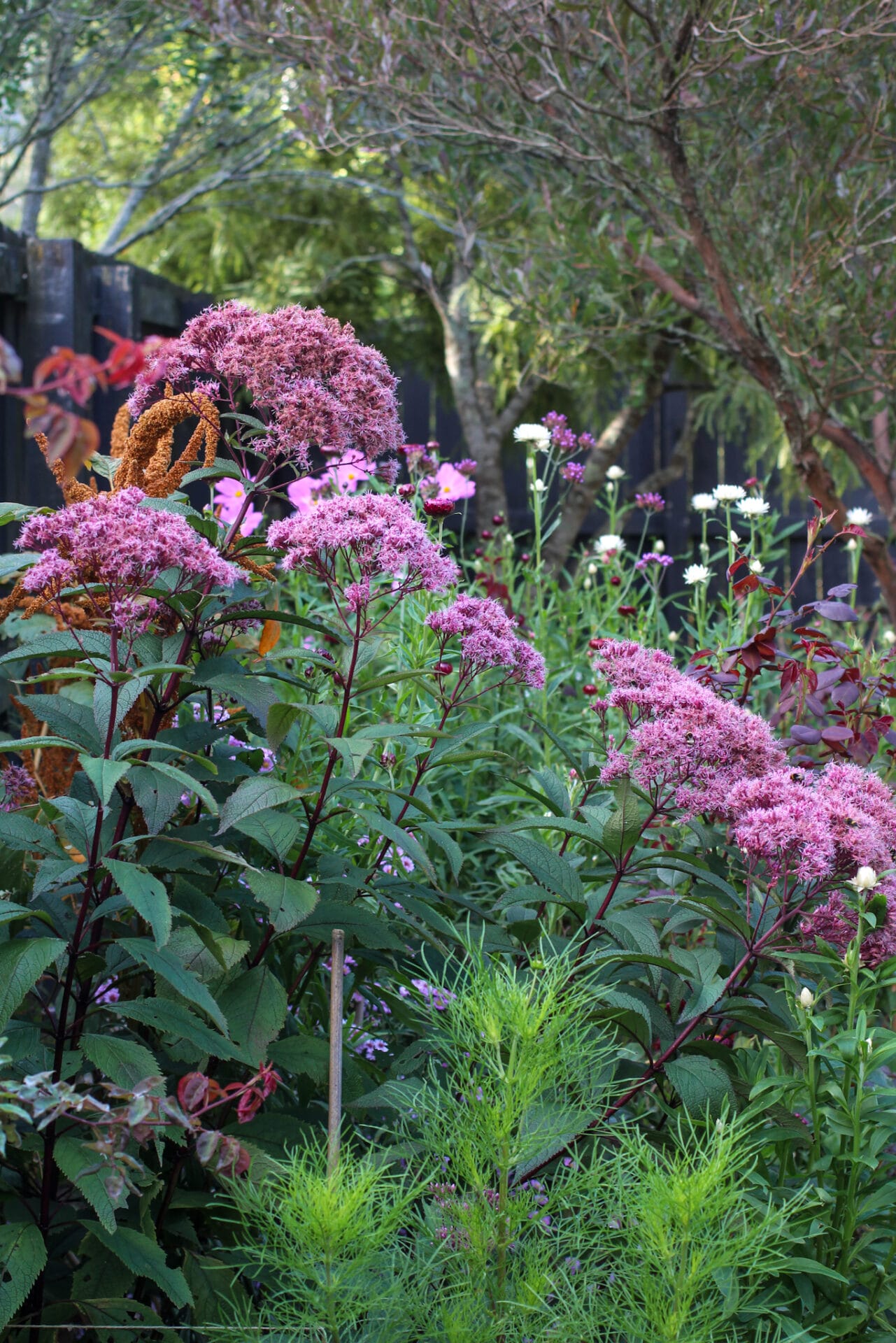
Eupatorium, Amaranthus, Strawflowers and Cosmos in a no-dig garden
Converting grass to garden: which method is best?
Autumn is the perfect time to begin converting grass to garden and there are plenty of methods that you can try when preparing a new bed for your flowers or vegetables.
If you’re a beginner, installing a raised bed is a great option because you can fill with the best quality soil (no need to amend existing poor soil!). They are also easier to weed and keep tidy. However, raised beds can be expensive and take some expertise to build. So, gardening in-ground can sometimes be more accessible for many.
If you are converting an area of grass or lawn into an in-ground garden bed, there are several ways to do this, but most find the easiest and less labour-intensive method is ‘no-dig’ or ‘sheet mulching’.
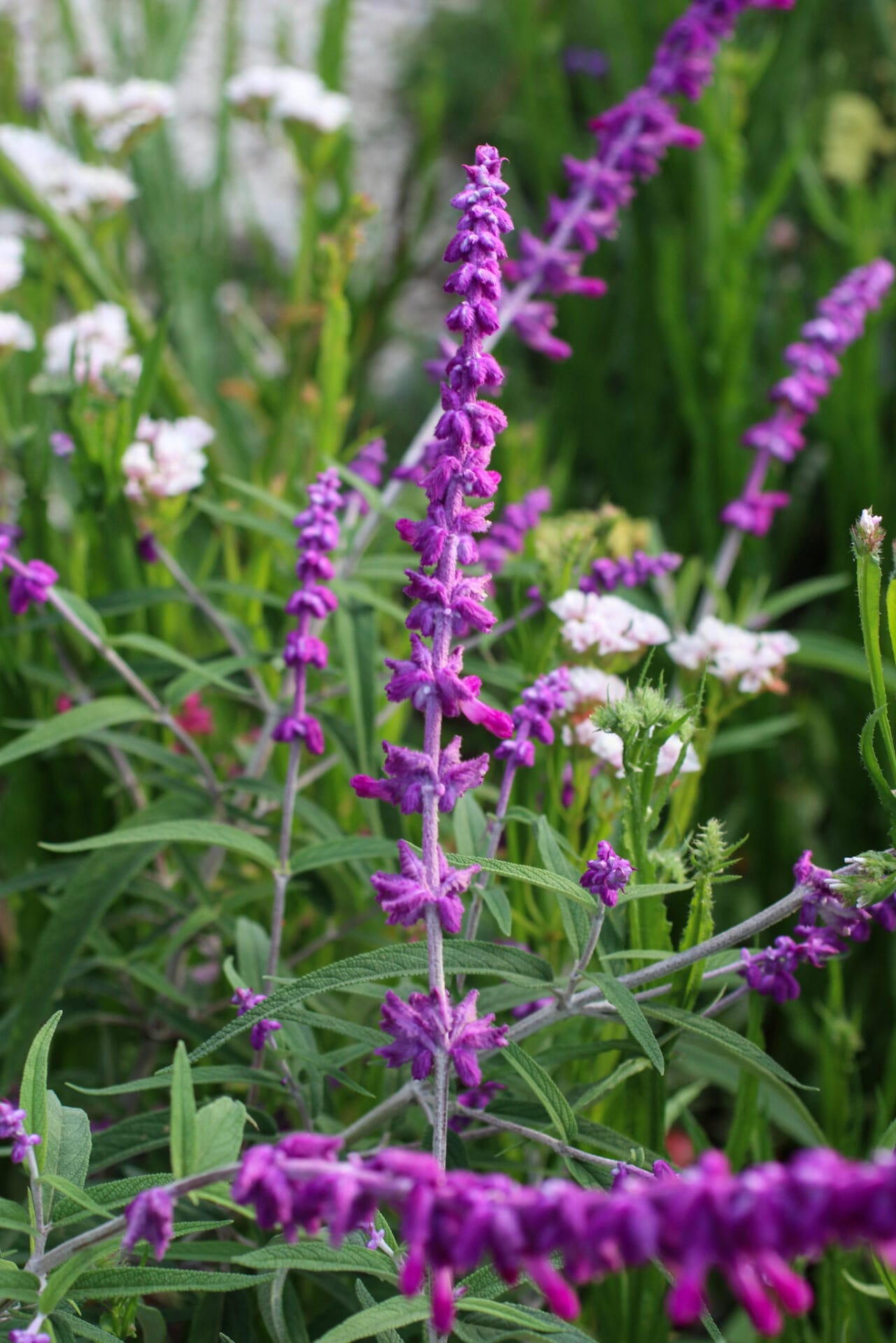
Salvia Leucantha
‘No-dig’ garden beds
A no-dig garden is just as it sounds – it does not require any digging into the soil.
This no-dig concept was made popular by gardener Charles Dowding who argues that the act of digging disturbs the natural microbiology in the soil and encourages weed seeds to germinate.
This method involves taking a piece of cardboard and laying it on top of grass. Then you place a generous amount of compost on top of the cardboard and plant your new seedlings directly into the compost.
The cardboard and compost layers will smother and kill the grass below, depriving it from sunlight. The cardboard will continue to break down over a period of months as the seedling’s roots are allowed to grow down into the newly formed soil below.
One of the biggest benefits of a no-dig garden (apart from the minimal labour involved) is that the results are instant. You may plant your seedlings immediately – no need to wait for the grass below to die off.
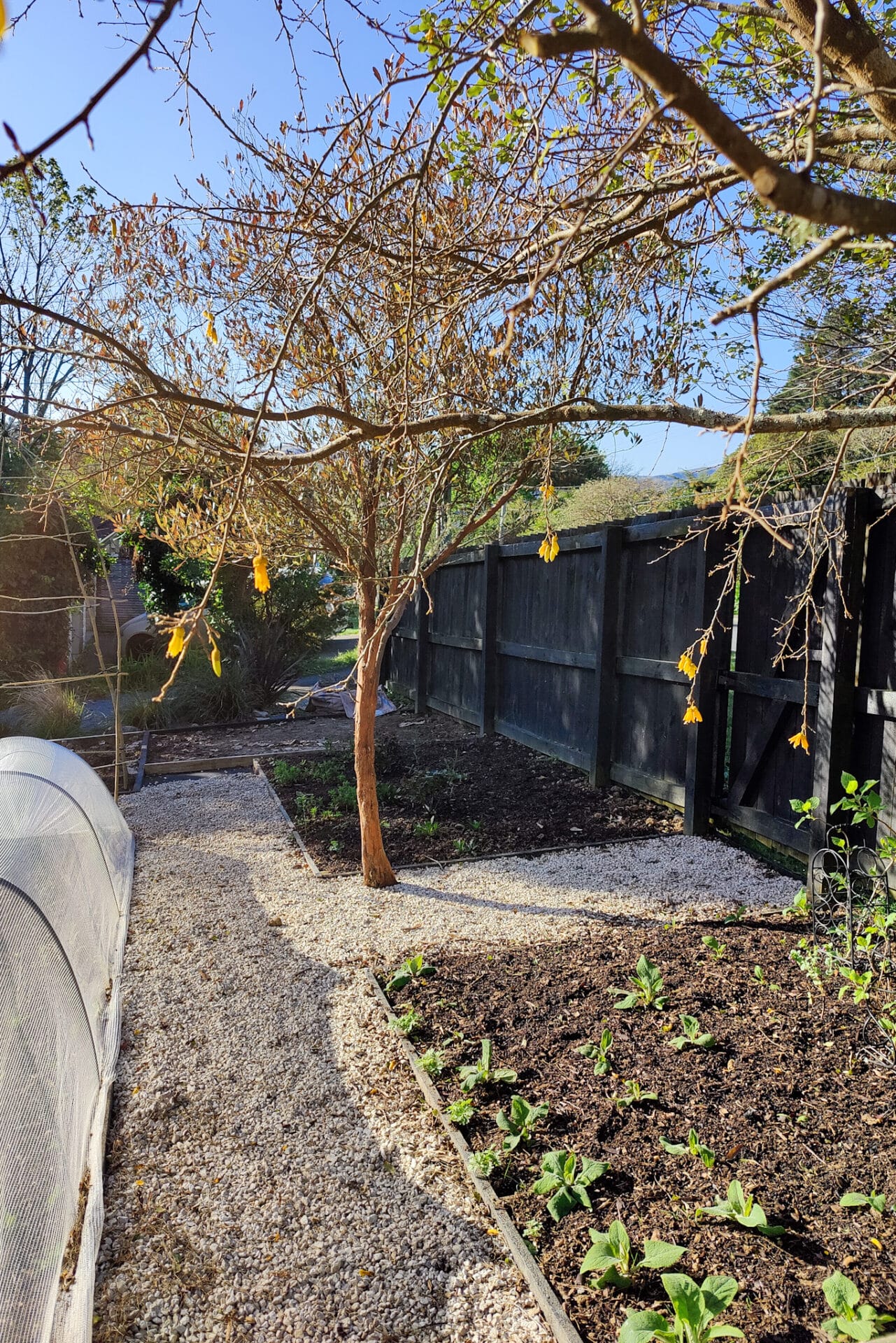
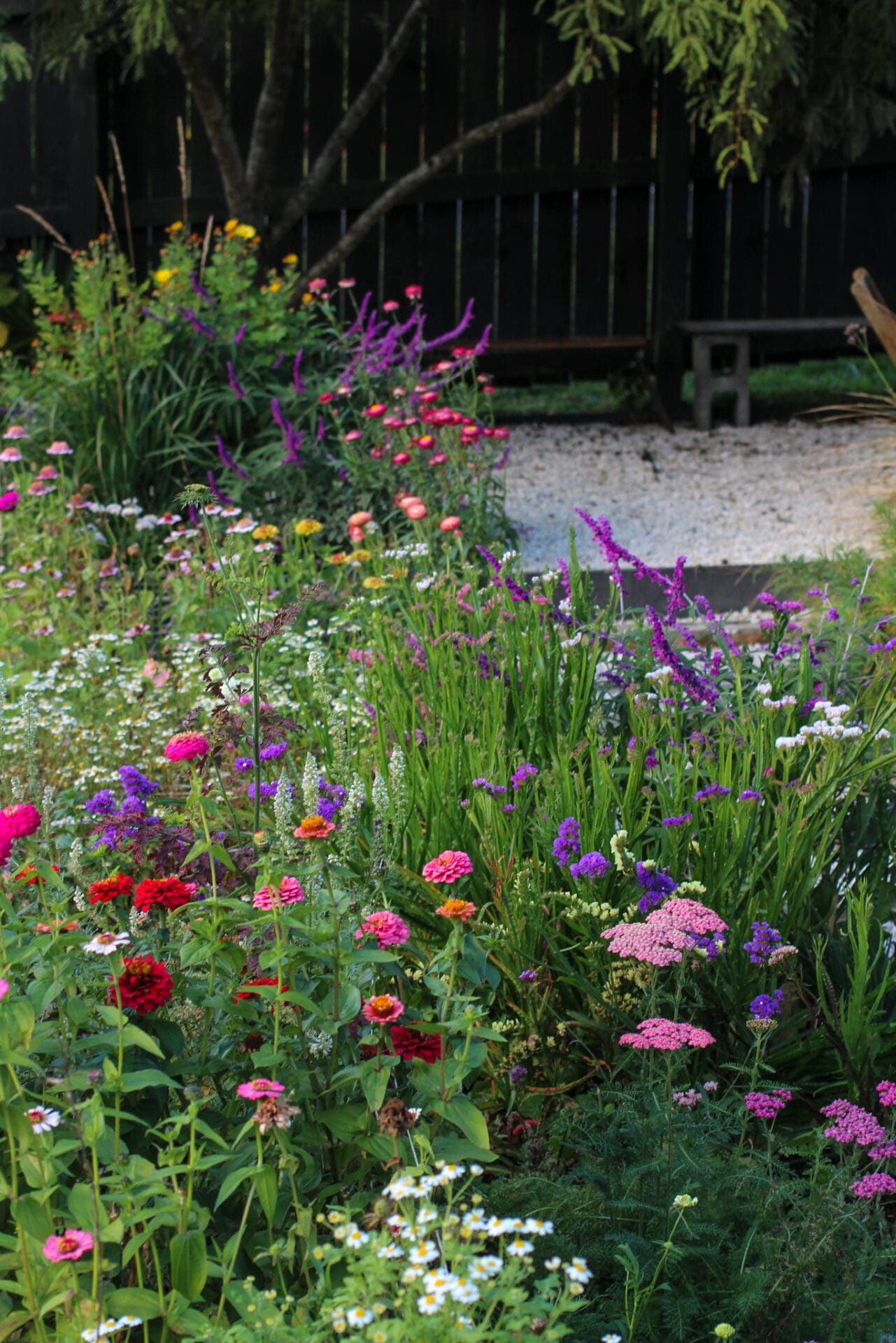
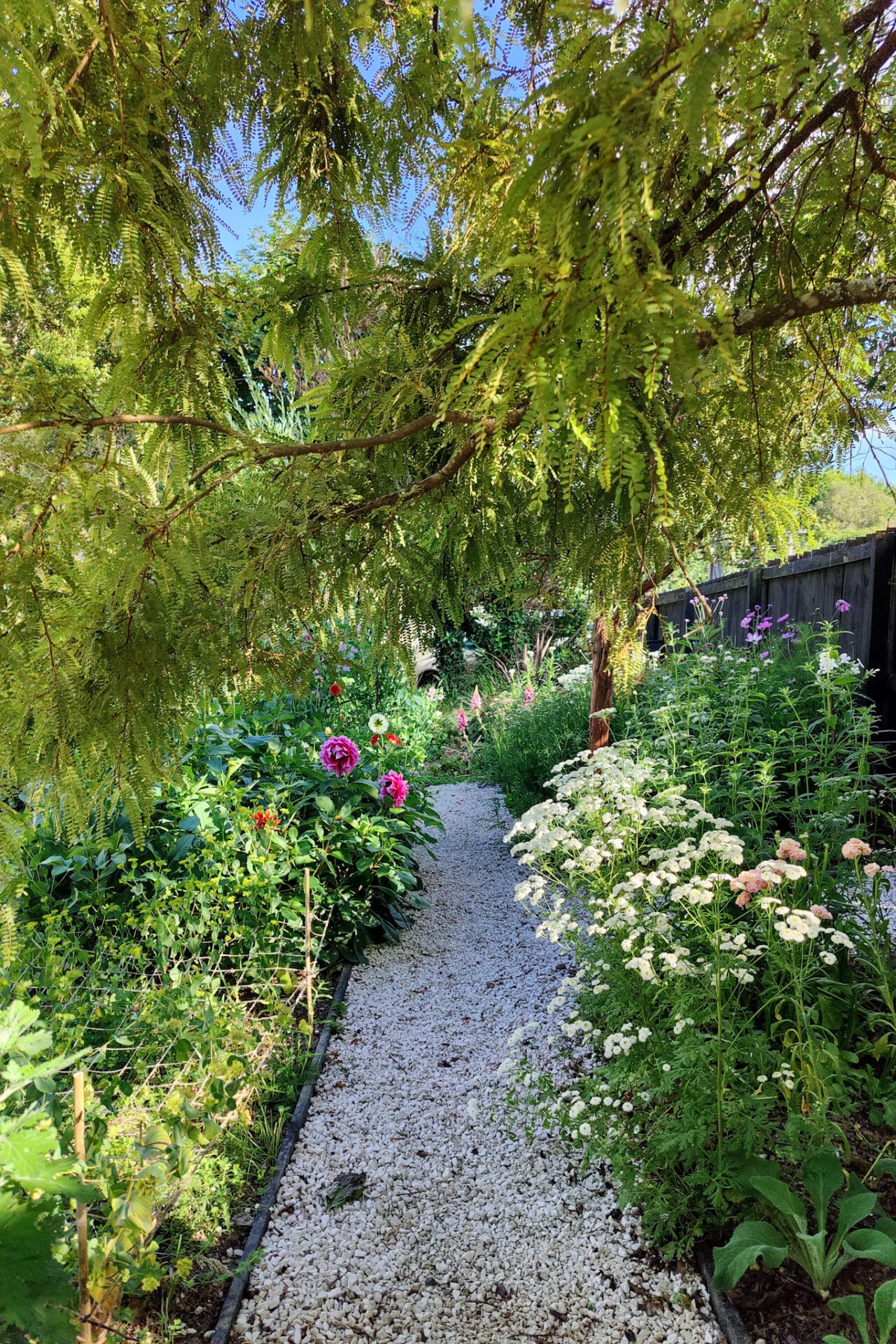
Sheet mulching
Sheet mulching is a very similar process, but you will not receive the instant gratification that you do with the no-dig method because sheet mulching takes a longer time to break down into usable soil for planting.
While sheet mulching also involves using cardboard to smother grass, you instead apply a layer of arborist mulch (chopped up mix of leaves with wood chips) to break down over the top of the cardboard.
The benefit of this project is the cost – mulch is much more economical to source (sometimes you can even find it for free). But the drawback is you must wait 6 months (at least) to plant. Therefore, autumn is the perfect time to carry out sheet mulching if you are planning spring sowing.
Sheet mulching an area of grass now should mean that by spring, the mulch would have broken down enough to plant directly into the top layer and the roots will push through into the soil below.
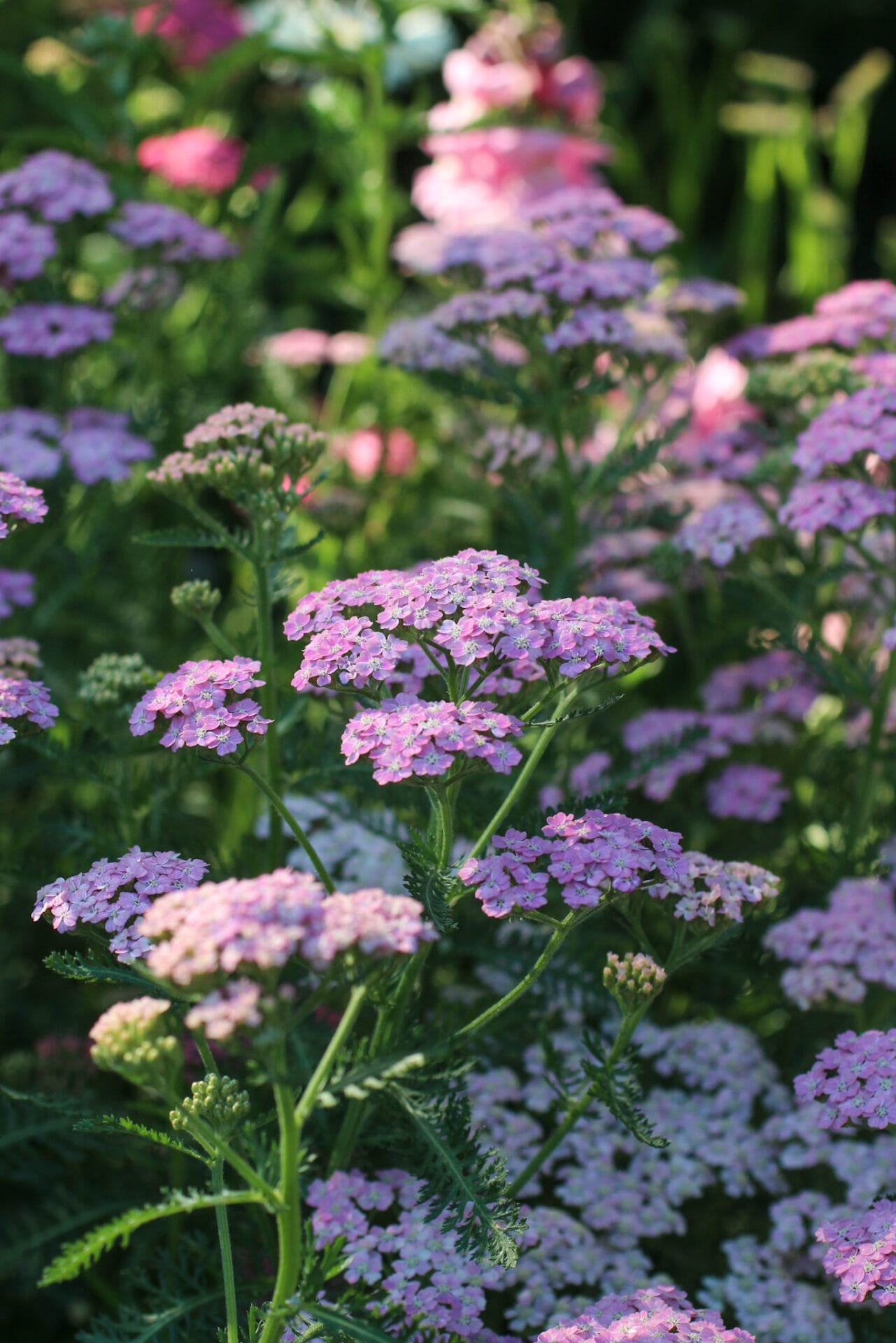
Some considerations for clay soils:
- Laying cardboard over the top of very clay-based soils can cause further compaction.
- Very hard, compacted clay may require an initial tilling or gentle broad fork to loosen the soil.
- Compost and gypsum can be mixed through the clay to speed up the process and improve drainage.
- Adding additional organic matter in the form of worm castings and animal manure will encourage beneficial microorganisms into what may be anaerobic soil.
- Sowing a green manure crop with a mix of the likes of blue lupin, phacelia, oats, rye, vetch or crimson clover over the wintertime will allow the compost and gypsum to do its thing while further adding nutrients to deprived clay soil.
- This is a one-off treatment and in subsequent years, a no-dig method can be implemented by top dressing with compost as a mulch annually.
